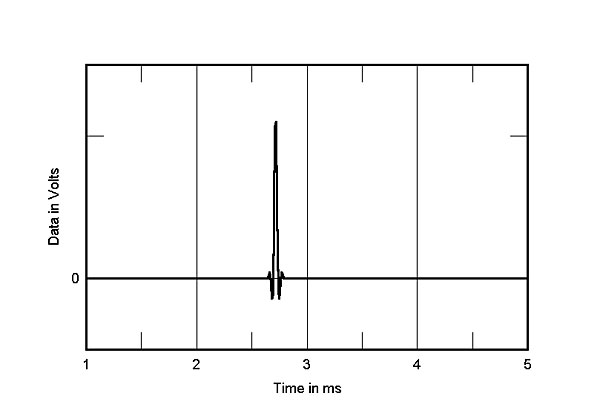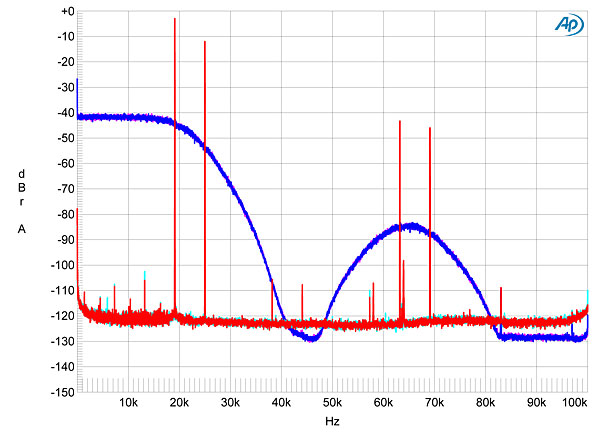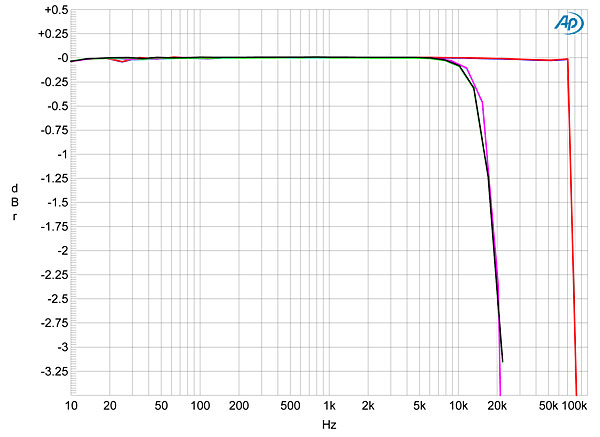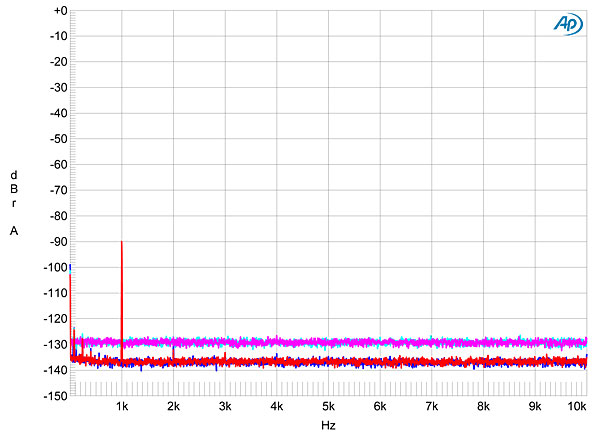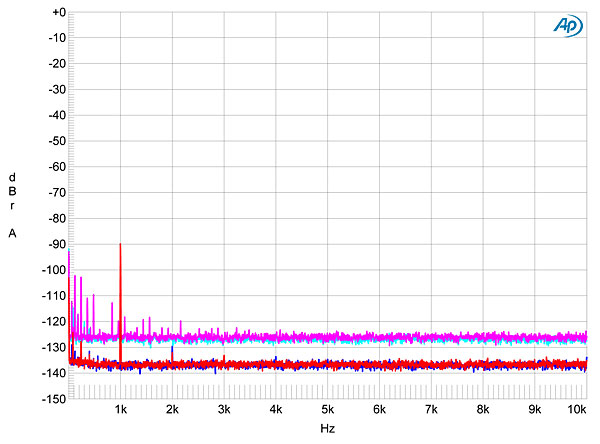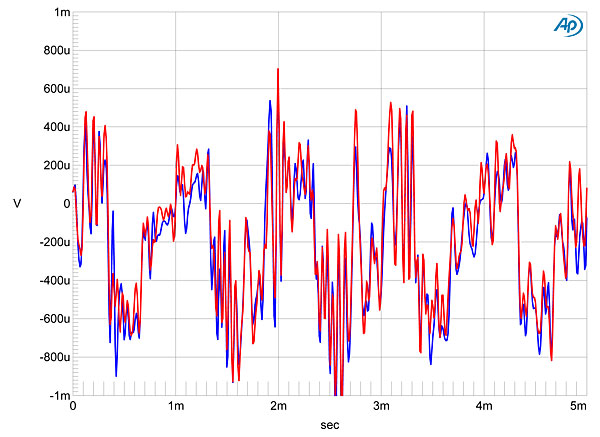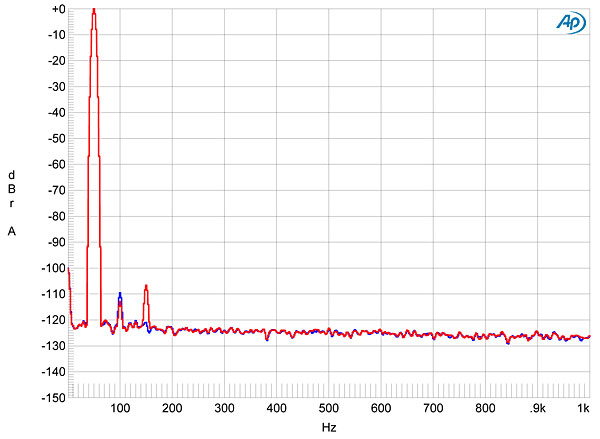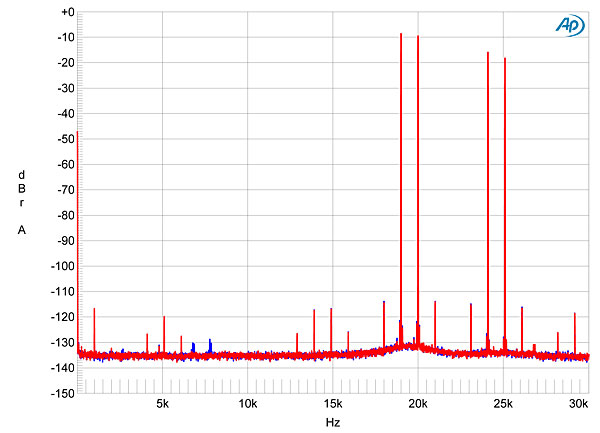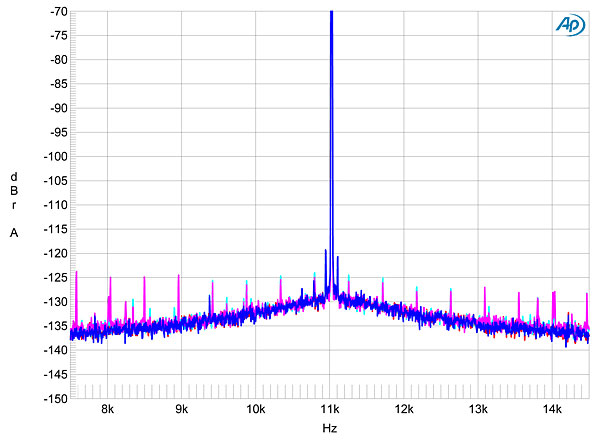| Columns Retired Columns & Blogs |
JA, your new DAC measurements are fantastic. I just wish that Stereophile could include more DAC's each issue as there has been so many introduced onto the market recently. Subjective reviews are helpful but without a good set of measurements you are only seeing part of the picture. I guess there is no chance of having some meaurements included on AudioStream...
